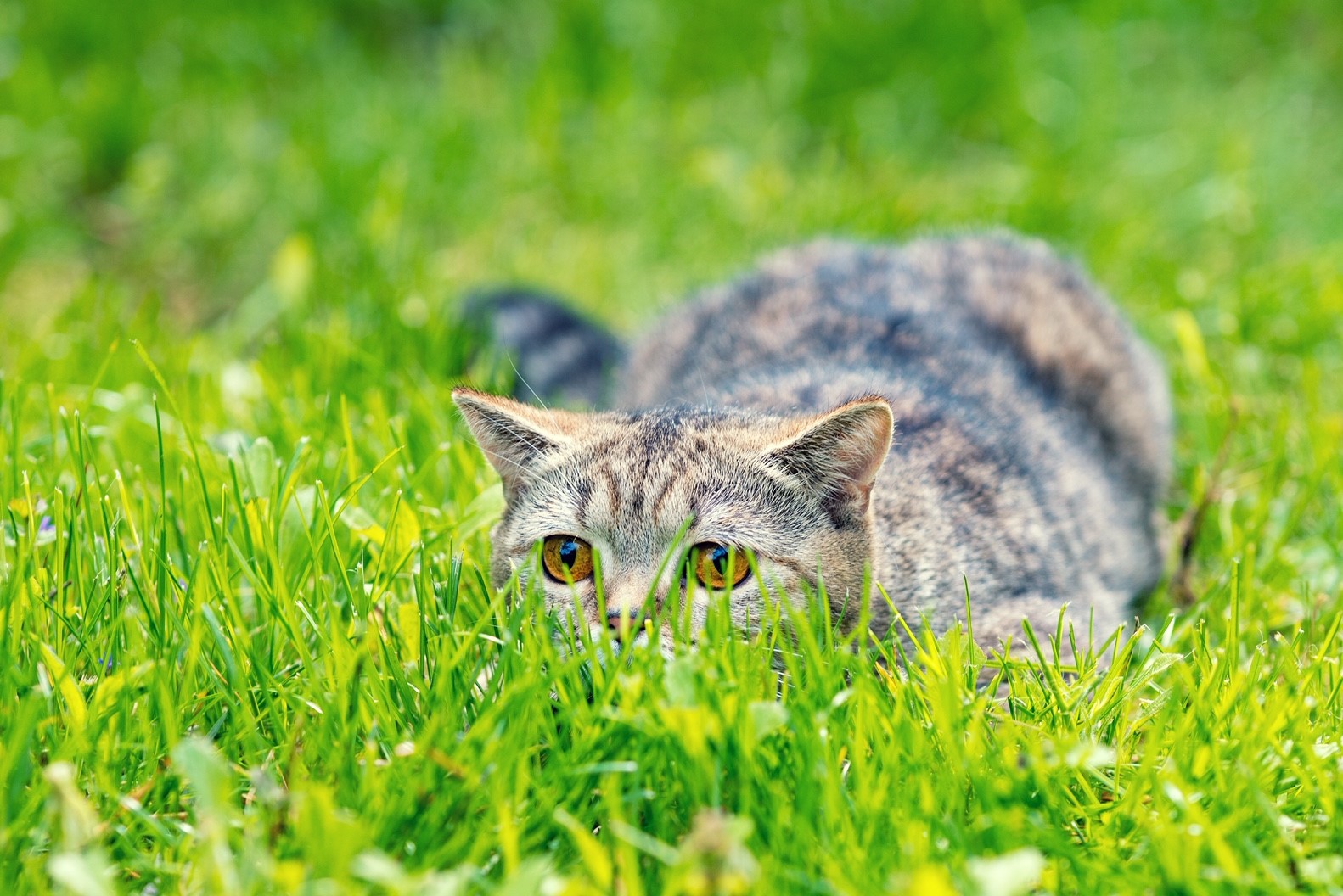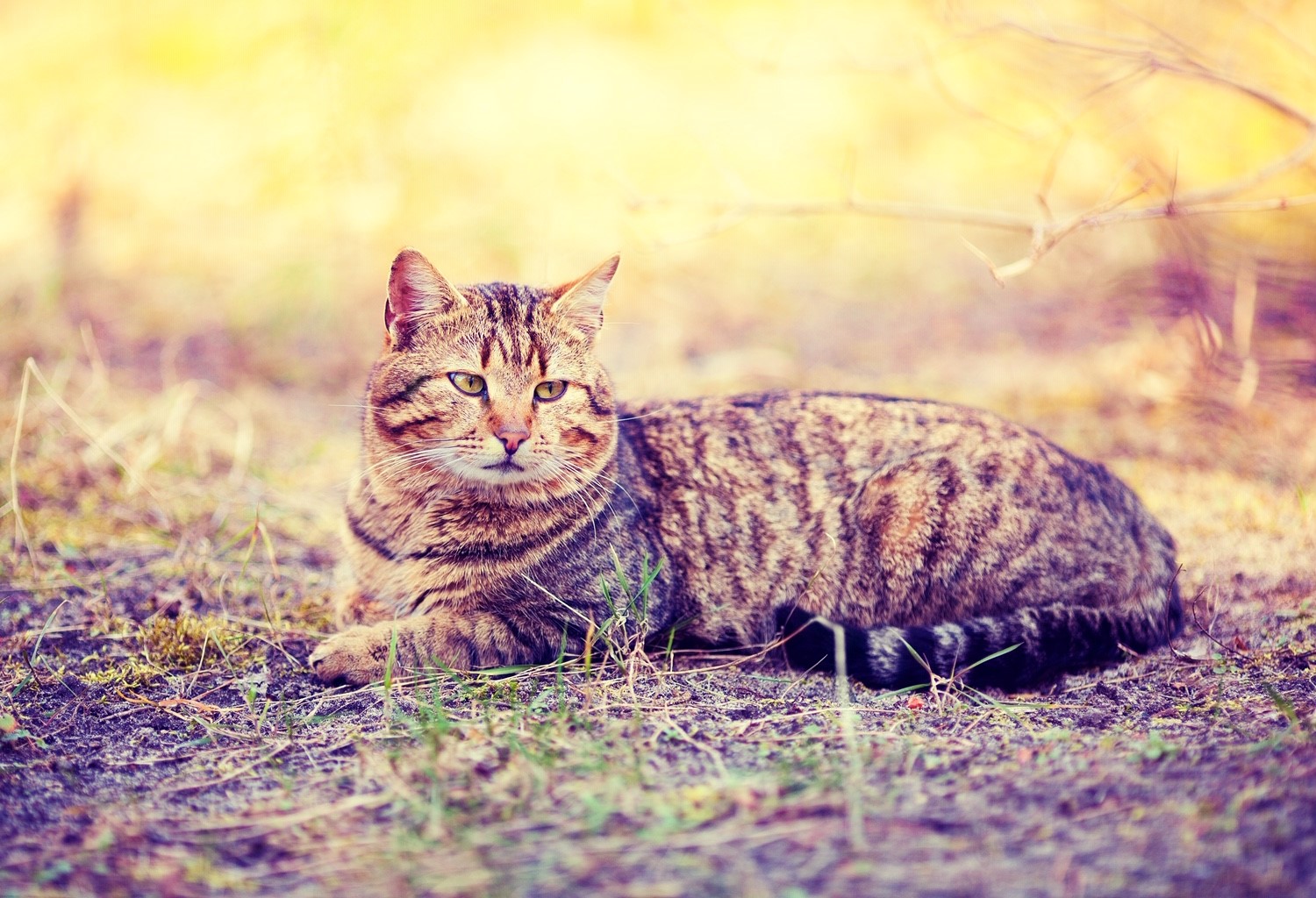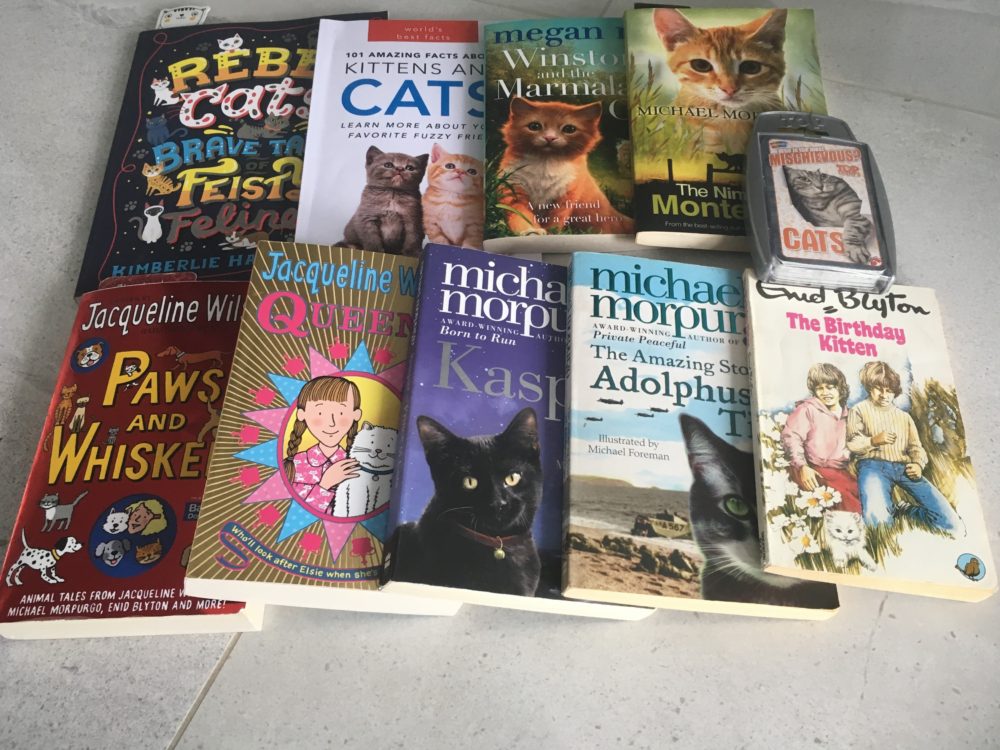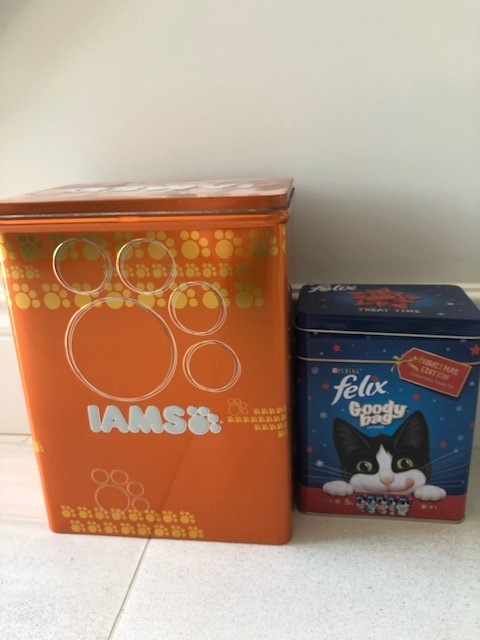
A Guide to Dry cat food storage, Wet cat food storage & Cat treats storage
Ensuring your cat is served tasty, nutritious, healthy food is a priority for all cat owners. There are many factors that can alter the taste and quality of the food we serve our cats. For example,
- Extreme temperatures of the hot summer and freezing winters can affect the quality, taste and how safe is the food we serve our cats. We wouldn’t eat something that has been left on the back seat of a car that has been in the hot blazing sun for days therefore it’s important to give the same consideration to the food we serve our cats.
- How we store the food once opened will determine how long it will stay fresh and nutritious.
- When purchasing cat food it is important to check the expiration dates on the packaging. Check also that the packaging, be it tins, foil container or plastic bag, is intact and undamaged.
Does dry cat food / kibble go bad?
Dry cat food, or kibble, is less prone to bacteria and therefore less susceptible to going off. It is manufactured at a very high temperature and highly processed. This production method and the lack of moisture doesn’t make it an easy place to bacteria to thrive and multiply unlike wet food. But this does not mean that it should be left out for days if uneaten. Left out it will go stale, lose its taste and its nutritional value. It is best to provide your cat with fresh dry food daily. This will ensure your cat is provided with tasty and nutritional food.
Best ways to store dry cat food
There are many factors that dictate how long a bag of dry cat food will last once opened. The number of cats in the household and the size of bag being the main ones. It is best not to buy huge bags if you have only one cat. It will probably wok out just as economic in the long run to buy smaller sized bags. This way no dry food will be wasted due to poor storage or simply taking too long to get used up and losing its freshness and quality.
Many dry cat food bags are resealable, this will definitely help to retain freshness and quality. For added protection from moisture, spillage, air, flies and so forth, store the bag of dry food in a sealed container. These can be plastic or tin, whatever your preference. We love this set by ‘Morezi’ which contains two cream powder-coated carbon steel containers. The larger container can be used for kibble storage and the smaller one for treats. With tight fitting lids not only will they keep the food and treats fresh, they will also look stylish in any kitchen or pantry.
Sealing clips can be useful too. The clips seal the bag to retain freshness. They are quick and easy to use, and are sturdy and reusable too. We like this set from BAKHUK, which includes 48 clips in various sizes. They are perfect for dry cat food bags and the smaller clips are great for cat treat bags too.
It is better to keep the dry food in its original bag in the container rather than decanting into other storage. There are several reasons for this:
- It will remain fresher for longer. The dry food bag itself is designed to keep the food fresh and nutritious.
- Sometimes a plastic container may have a certain odor, this may affect the flavor of the dry food. Cats can be very fussy and have finely tuned taste buds!
- The original bag will contain lots of useful information including a best before date, nutritional information, batch code and so forth. If there is a product recall, or your cat becomes poorly, the information regarding their food can be important.
Dry food that isn’t stored properly can attract unwanted rodents such as mice and rate. There is also the possibility that your cat, or a neighboring or feral cat, may help themselves to freely accessible dry cat food. Storing the dry food in a sealed container, in a cupboard or on a shelf will ensure this won’t happen.
How long can wet cat food be left out for?
There is no one answer to this question. Whilst some will recommend that all wet food should be removed after 30 minutes, others will argue that this is not always practical. Some cats will guzzle all their food down immediately, others will eat their meal a lot slower, some even taking little rests! Factors such as humidity and temperatures will also affect how long wet food can be left out for. Food left out on a hot scorching day will start to go off much quicker than food left in a cool pantry for example.
Top tips for serving wet food to cats:
- Ensure the bowl is cleaned out well, leaving no residue of old food where bacteria can multiply.
- Be mindful of factors such as temperatures and humidity. On hot days remove the food sooner if uneaten. Flies and bacteria thrive in hot weather.
- Elderly or poorly cats may be more prone to bacteria. It is best to serve smaller meals ensuring they are always fresh.
- If serving half portion keep the opened tin or pouch in the refrigerator. Cover in cling film, foil or other cover.
Best way to store wet cat food
As wet cat food comes in individual pouches or tins it is easier to store. The wet food is usually consumed soon after opening. Most manufacturers recommend storing the unopened pouches in a cool dry place which isn’t exposed to extreme temperatures. Even unopened wet food can go bad if left in extreme temperatures. For example, if left in the car on a hot day for a long period of time, the contents can spoil. Always check the storing guidelines from the individual manufacturers. A cool dry place is the ideal storing condition.
For a tin that has been opened but is to be consumed over more than one meal, it should be kept in a refrigerator. It is best to cover the opened tin. This can be done with either foil or cling film, or we love these silicone covers. The airtight lids are made from food grade silicone and are BPA free. This will help keep food fresher for longer. They will also stop the cat food from smelling in your fridge.
Some cats will not eat cold food from the refrigerator. Their food can he heated gently in a microwave or taken out of the fridge approximately 30 minutes before serving. This will allow the food to reach room temperature.
Best way to store cat treats
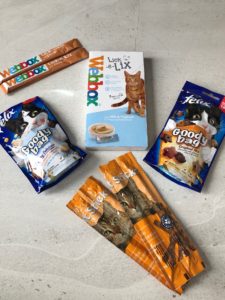
The same rules pretty much applies to cat treats. Most dry treats come in their own plastic containers or resealable bags. Keeping the lids on and ensuring the bags are sealed after opening will help keep the treats fresh and tasty. Unopened, and opened treats should be kept in a cool, dry place. Many lickable cat treats can also be frozen. The idea behind this is that they can be served up on a hot summer’s day as a cat popsicle rather than for storage purposes.
______________________________________________________________________________________________________________________________________
Other articles you may find of interest:
Can cats eat beef? And lamb? pork? chicken? turkey? duck? game? fish?
Can cats share a food bowl? Can cats share a water bowl?
Why do cats play with their food?
